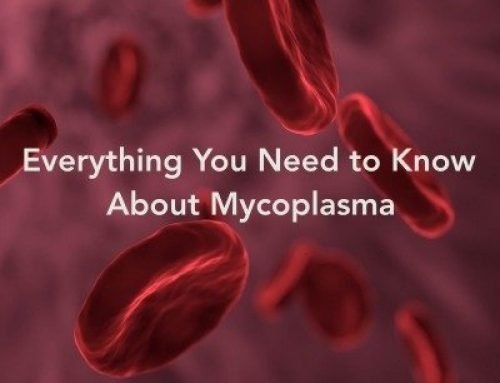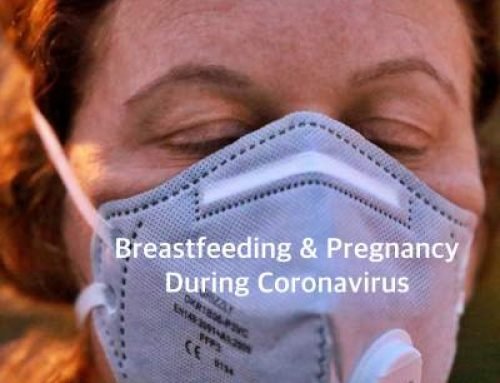Scoliosis Guide
According to Mayo Clinic, scoliosis is a medical condition characterized by a sideways spine curvature which usually happens during the growth spurt prior to puberty. Despite the fact that it can be triggered by cerebral palsy and muscular dystrophy, the major cause for scoliosis remains unknown. In most cases, scoliosis is mild but children may develop spinal deformities that worsen as they grow and more advanced scoliosis may take place.
Namely, when the spinal curve is severe, it can constrict the available space within the chest and cause lung problems. As noted on Medicine Net, though it can appear in both sexes, it is more common in females. The treatment for scoliosis depends on whether the curve is mild, moderate or severe. Mild scoliosis does not usually require treatment with braces or surgery, as it may be the case with more moderate or severe spinal curvature.
With this in mind, this article is focused on presenting the major symptoms of scoliosis, the available treatments, and some effective exercises to prevent it from becoming a more serious health concern.
What Are the Main Symptoms of Mild Scoliosis?
- The spinal curve is between 10 and 20 degrees
- It happens the most in young girls prior to the beginning of menstruation, but is also seen in boys and adults
- It can be characterized by pain or not
- The body tilts to one side
- The head tilts to one side
- Forward head posture; when seen from one side, the head appears to be pushed forward and the ears are not aligned with the shoulders
- Uneven length of the legs
- Clothing hanging unevenly on the body
- One shoulder is higher than the other
- One shoulder blade is more pronounced than the other
- One hip seems higher than the other
- Ribs stick out during a complete forward bend
- Neck, shoulder, back, or hip pain
- Headaches
The Major Symptoms of Moderate or Severe Scoliosis
- Changes in the individual’s gait or how they walk
- One hand brushes against a hip while walking, but the other does not
- Lowered movement and spine flexibility, especially when bending
- Difficulty breathing because of the bones pushing towards the lungs
- Heart problems
- Painful spasms
- Local inflammation
- Low self-esteem, especially in younger individuals
Treatment Options for Mild Scoliosis
As suggested on Hudson Valley Scoliosis, there is a common misconception that mild scoliosis cannot be treated or that there is nothing one should do. Postponing early intervention for mild scoliosis will put you at a higher risk of the disease progressing or experiencing other complications. Hence, early intervention or the treatment of smaller curves is much easier and according to research, adequate exercises work great for mild curvature, without any need for bracing. The goal is to eliminate any factors that can contribute to the curvature to 30 degrees.
According to Health Line, mild scoliosis treatment options often include specific exercise, medical observation, and scoliosis physical therapy. Also, yoga is recommended to patients in order to manage the pain and boost their flexibility. Regarding exercising, it is more and more recommended by doctors with the goal to impede the curvature progression and address the pain. One way to address mild scoliosis is by doing yoga or pilates.
For moderate or severe cases of scoliosis, braces and surgery may be required, in combination with adequate physical therapy. They can also benefit from exercise.
Yoga for Scoliosis
According to Elise Browning Miller from Yoga Journal, scoliosis patients should know that there are beneficial asanas that can reduce the discomfort and pain and realign the spine. You can check them out in detail below.
When starting with yoga, it is vital to focus on lengthening the spine so that there is higher evenness in the spine and ribs and less tension in the back muscles.
Cat pose
First, loosen the spine by breathing deeply and then kneel with your hands below the shoulders and the knees below the hips. Take a deep breath and lift the head and tailbone and curve the lower back. Breathe out and tuck the tailbone, round the back, and release the neck. Do 10 reps.
Child’s pose
Stretch out the hands out in front of you and take a deep breath focusing on the concave side where the ribs are compressed. Breathe out and move your buttocks back halfway toward your heels. Inhale and stretch the arms and pelvis away from each other. The upper part of the back needs to follow the arms and the lower back needs to follow the pelvis. Breathe while in this pose and feel the muscles stretching between the spine and ribs and the back muscles lengthening. After a minute in this pose, move the buttocks back to the heels and relax the arms by the sides of the body.
Three-part bar stretch
For this exercise, you will need a dance bar, a porch railing, or a sink.
Grab the bar with the hands shoulder-distance apart and drive the feet back until your spine is aligned with the floor and the feet are under the hips. Bring the heels forward to the previous pose of the toes and hang backwards and bend from the hips. Stretch the buttocks away from the bar. The neck should be in line with your spine and the chin should not be lifted up. Put the feet few inches toward the bar and twist the knees to get a right angle while keeping the thighs parallel to the floor. Stretch the buttocks down and backwards. Next, walk the feet forward a bit farther while the heels stay on the floor. Move the buttocks down in a squat and pull back while keeping it down. Remain in this pose a bit and feel the stretching of the lower spine.
Locust pose
This is a backbend yoga pose which is crucial for people diagnosed with scoliosis due to its capacity to strengthen the spinal muscles and the hamstrings. This enables proper support of the spinal column for other back bending poses as well. To begin, lie with your face down and stretch out the arms to the sides, aligned with the shoulders. Exhale and lift your head and upper chest off the floor while pressing your buttocks firmly onto the thighs. Now, lengthen the arms out to the side so that your shoulder blades stretch away from the spine. The hands need to be below the level of the shoulder blades. Breathe out while releasing and opt for 3 to 5 reps.
At this point, stretch the arms over the head and lift them and put your palms on a chair or a seat in front of you. Stretch the arms once more and move the chair farther to lengthen the spine. Slowly, lift the abdominal area and press strongly with the palms on the chair while simultaneously pressing your thighs downward. Elevate the spine more and breathe out and release. Do 3 to 5 reps.
Forward Bend
This pose is excellent for decreasing the tension in the shoulder and back region, as explained on Yoga Journal. The longer you remain in the pose, the deeper the effect.
To perform the Head to Knee pose, you need to sit at the edge of a folded blanket and straighten the legs. Pull the buttocks away from the sitting bones and twist the right knee while bringing the right heel into the right groin. Let the knee to gently fall on the side. Bend forward from the hips over your left leg. Lift the spine first and pull the shoulder blades down and into the back. For a complete chest opening, pull a tie wrapped around the left foot’s ball or a chair.
This pose will stop the tendency in scoliosis patients to hunch the back and round their shoulders.
Insurance
Embry Women’s Health is committed to providing quality, affordable health care. We’re in-network with all major insurance plans, including Aetna, Blue Cross Blue Shield, Cigna and UnitedHealthcare. No insurance? No problem. We offer a simple fee schedule for those who wish to pay out-of-pocket. Click the button below for our complete list and more information:














Leave A Comment